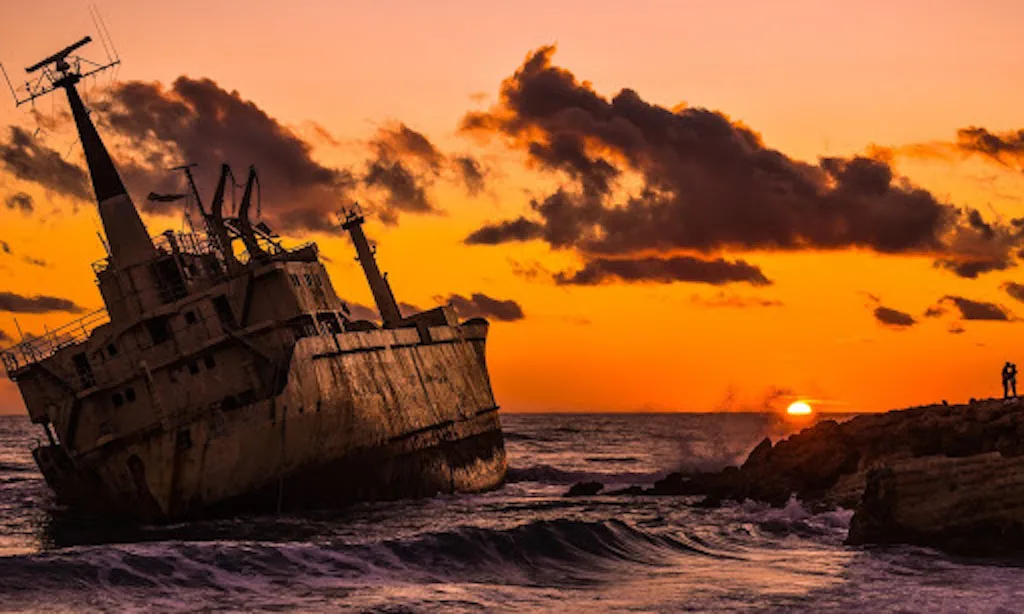
The Big Blow is still the deadliest natural disaster in Great Lakes history
The Great Lakes Storm of 1913 is still the deadliest and most destructive natural disaster to hit the five lakes in recorded history, killing more than 250 people, destroying 19 ships and stranding 19 others.
This Day In Weather History is a daily podcast by Chris Mei from The Weather Network, featuring stories about people, communities and events and how weather impacted them.
--
The Great Lakes Storm of 1913 goes by multiple names, though it is historically referred to as the "Big Blow," the "Freshwater Fury," or the "White Hurricane."
This particular storm in November 1913 was a blizzard with hurricane-force winds that devastated the Great Lakes basin in the United States and Ontario. It began on Nov. 7 and battered numerous regions in its path through Nov. 10.
The storm was at its peak on Nov. 9, when it battered and flipped ships on four of the five Great Lakes, particularly Lake Huron. The financial loss in vessels alone was nearly US$5 million, which equates to about US$129,343,000 in modern-day value. There was an estimated additional US$1 million, at current value, in lost cargo totalling about 68,300 tonnes in coal, iron ore and grain.
It is still the deadliest and most destructive natural disaster to hit the five Great Lakes in recorded history, killing more than 250 people, destroying 19 ships, and stranding 19 others.
On today's podcast, Chris Mei talks about what fuelled the four-day storm that became known as the "Big Blow" and its devastating impacts on the Great Lakes region.
"This Day In Weather History” is a daily podcast by The Weather Network that features unique and informative stories from host Chris Mei.
Subscribe to 'This Day in Weather History': Apple Podcasts | Amazon Alexa | Google Assistant | Spotify | Google Podcasts | iHeartRadio | Overcast'
